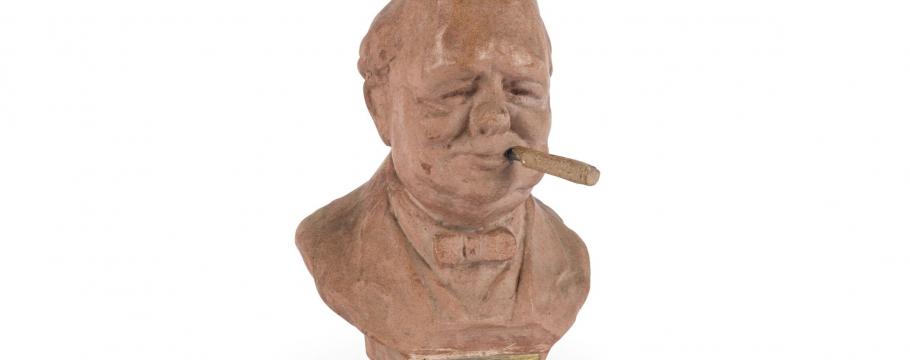
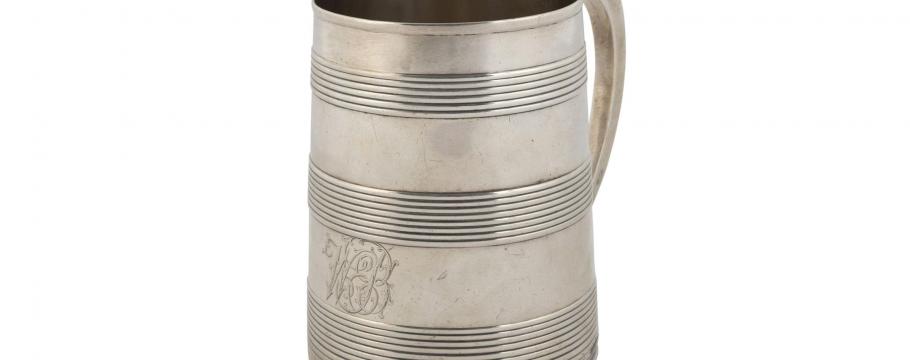

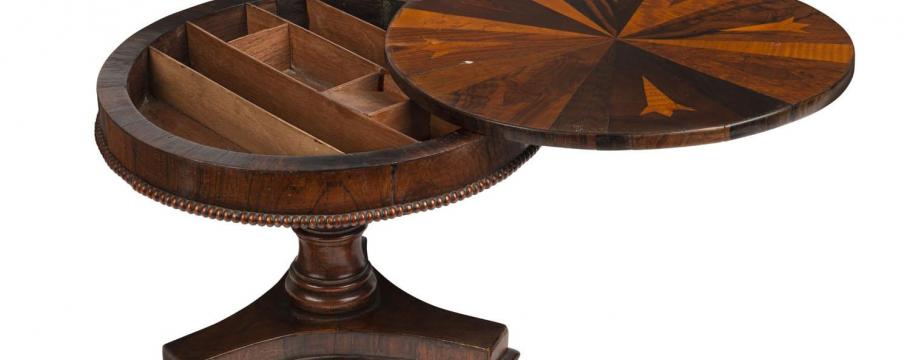
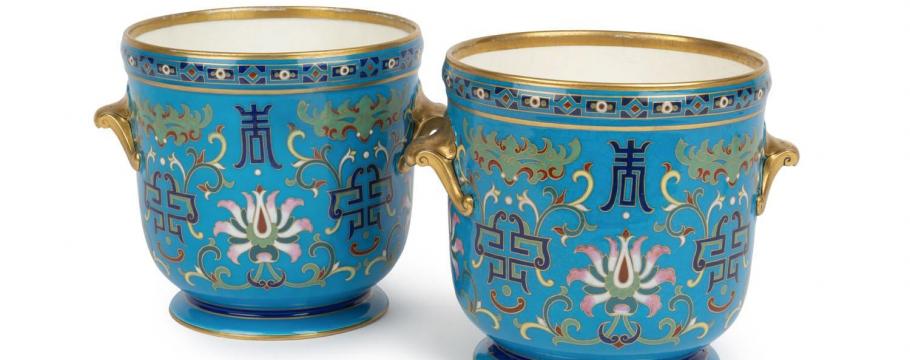

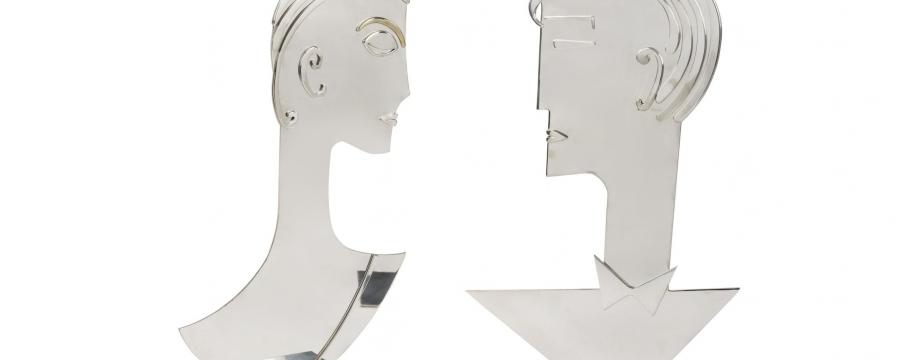
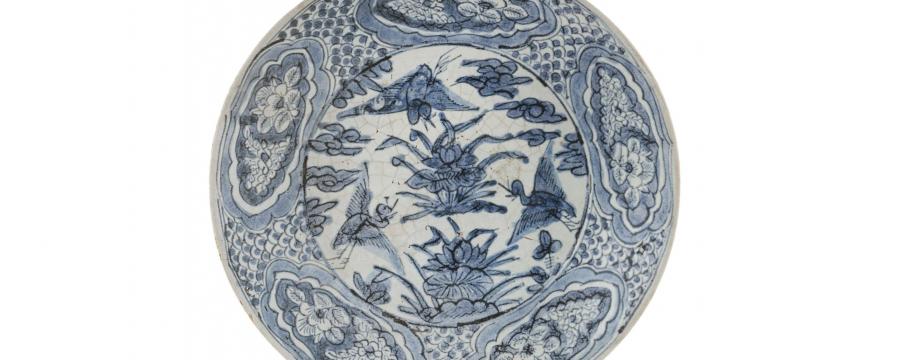
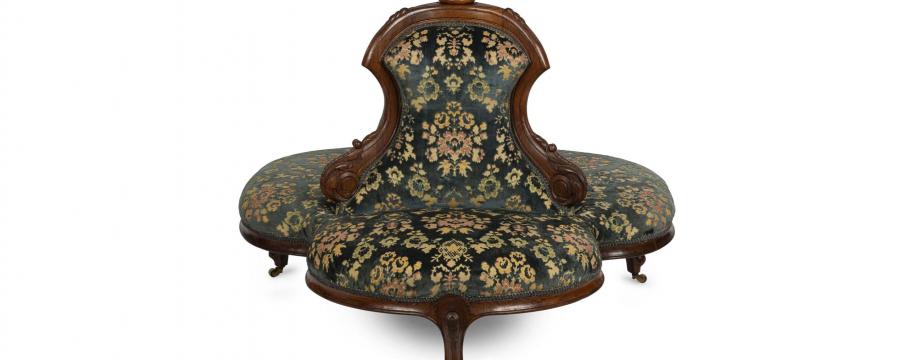

Huge Australian decorativew arts auction defies odds in pandemic world
Author: Richard Brewster | Posted: 23rd June, 2020
Leski Auctions is optimistically defying the odds of the Australian Government COVID-19 pandemic restrictions with big sales to attract the allowed but severely limited number of in-room auction goers along with absentee, phone and online bidders.
Its latest effort – a Decorative Arts & Collectables auction from 10am Sunday June 28 at 727-729 High Street, Armadale – lists 912 lots covering a wide range of collectables from silver to international and decorative arts, furniture, paintings, jewellery, clocks and a Winston Churchill collection.
The Churchill collection comprises several busts, including a 1940s terracotta version complete with his trademark cigar (lot 798), wartime photographs and first editions of two books based on his newspaper despatches from the front line during the Boer War (lot 808) and “My African Journey” published in 1908 (lot 809).
A large silver section (lots 1-107) opens the sale and includes beautiful examples of a Hester Bateman tankard (lot 3), chamber sticks by John Bridge (lot 14), a Burmese bowl (lot 21), a Chinese tea service (lot 23) and two baby rattles (lots 60 and 61).
Hester Bateman (1708-1794) was an English silversmith who, following the death of her husband, successfully ran her family business for 30 years.
The Bateman family silversmithing company – which specialised in neo-classical style household silver – lasted until the mid-19th century when her sons, daughter-in-law, grandson and great-grandson in turn succeeded her in the business.
John Bridge 1755-1834) was the co-founder of England’s greatest 19th retailers Rundell Bridge & Rundell, royal retailers to the Prince Regent.
The company employed some of the era’s most eminent craftsmen with stock comprising new and old silver, jewellery, objects of virtue, and watches. By the 1820s, the firm was a vast enterprise with agencies in Paris, Vienna, St Petersburg, Baghdad, Constantinople, Bombay, Calcutta and various South American cities.
International and decorative arts includes magnificent tea caddies (lots 108, 113, 118 and 364) and examples of apprentice miniature furniture pieces (lots 125, 126 and 166).
Other features are a pair of porcelain jardinieres by Christopher Dresser (lot 174), a cigar box by Dum (lot 192), a range of Lalique pieces (lots 202-212) and a spectacular pair of nickel plated bronze heads by Franz Hagenauer (lot 219).
Born July 4, 1834 in Glasgow, Dresser was a Scottish designer who at 13 attended London’s Government School of Design to receive his training.
Now known as one of the first and most important independent designers, Dresser was a pivotal figure in the Aesthetic Movement and at 21 years old was appointed Professor of Artistic Botany in the Department of Science and Art at South Kensington.
From this early age, his design work widened to include a broad subject range (including ceramics) and in 1873 the American Government requested he write a report on the design of household goods.
From 1879 to 1882, Dresser was art superintendent at Linthorpe Art Pottery in Middlesbrough where he designed more than 1000 pots but, if his ceramic works from the 1860s onwards for firms such as Mintons, Wedgwood, Royal Worcester, Watcombe, Old Hall at Hanley and Ault are considered, he is the most influential ceramic designer to have ever lived.
The Chinese Asian section features a porcelain dish (lot 418) from the Binh Thuan shipwreck, a Chinese junk which sank during the first decade of the 17th century near the southern coast of Vietnam en route to either the Malay Peninsula or Java.
The ship was discovered in 2001 by fishermen trying to unravel a trawl net caught in the wreckage.
On board were almost 20,000 pieces of early 17th century blue and white ceramics from Zhangzhou which posed a serious trading threat to its major competitor Jingdezhen at the time.
Another major attraction is a Chinese blue glazed bowl (lot 439) marked from the Yongzheng period of 1723 to 1735.
Furniture also should attract plenty of attention with the highlights including a chest-on-chest (lot 557), a chaperone seat (lot 581) a sewing table (lot 588) and American Cutler desk (lot 598).
However, the two most important items are the Wiener Wer5kstattge Viennese sideboard (lot 620) and the Fornasetti “Trumeau Archiecttura Cabinet”.





